The Charter That Shouldn’t Have Flown
On a chilly February evening in 2024, a routine on-demand charter flight turned fatal over the desolate terrain of Halloran Springs, California. The Airbus Helicopters EC130B4, operated by Orbic Air and registered as N130CZ, was ferrying four passengers and two pilots under Part 135 regulations. All six lives were lost.
The mission? A straightforward night VFR flight from Palm Springs to Boulder City, Nevada. But behind this seemingly simple trip was a series of misjudgments and procedural lapses that would prove catastrophic.
A Radar Altimeter and a Critical Choice
The trouble began hours before liftoff. The aircraft had just returned from maintenance—work that included a persistent issue with the radar altimeter, a required piece of equipment for Part 135 operations. Despite a test flight by the Director of Maintenance (DOM) and attempted repairs by a mechanic, the altimeter remained unreliable.
Still, the flight departed. The pilot was aware of the malfunction, as was the company’s president, who also served as the flight follower. Despite the knowledge and clear regulatory prohibitions, no one grounded the flight.
And that wasn’t the only oversight. The pilot completed a Flight Risk Assessment (FRA) earlier in the day, rating the flight as “low risk.” In reality, factoring in issues with maintenance, weather, and crew fatigue, the risk should have been flagged as “elevated,” triggering mandatory review and mitigation strategies.
Into a Dark, Deceptive Sky
At 8:45 PM, under a moonless night sky and no flight plan filed, the helicopter lifted off from Palm Springs. The route followed interstate highways, relying on freeway and vehicle lights for VFR navigation. But this wasn’t a clear-sky night—weather conditions were deteriorating, with forecasts of rain and snow showers, and lowering ceilings along the route.
About ten miles west of Halloran Springs, the helicopter slowed, descended, and veered off course—classic signs of a pilot attempting to navigate through worsening visibility. Then, a rapid descent began during a right turn. The EC130 slammed into the desert terrain in a high-energy impact, scattering wreckage and erupting in flames.
Witnesses saw a fireball from the highway. Rescue efforts were hampered by snow, rain, and wind. By the time the wreckage was located nearly two hours later, there were no survivors.
Disorientation, Illusion, and the Human Factor
The 25-year-old pilot had a commercial license, a flight instructor certificate, and 1,997 total hours, but only 46 hours in the EC130. He had no logged flight time in actual instrument meteorological conditions (IMC), though he had 117 hours of instrument training, mostly in simulators.
When the aircraft began its final descent, it’s likely he was attempting to maneuver through IMC—without the aid of functioning flight instruments, including the radar altimeter. The NTSB concluded the pilot experienced spatial disorientation, likely influenced by vestibular illusions like the Coriolis or somatogravic illusions. The result: a loss of control.
Fatigue may have played a role too. Though the pilot had been awake for about 13 hours—not unusual—the accident occurred at 10:08 PM, a time when the body naturally begins preparing for sleep. Fatigue impairs judgment and slows reaction time, a dangerous mix in deteriorating weather at night.
The Safety Net That Wasn’t
Company oversight failures were a significant contributor. Orbic Air had a Safety Management System (SMS), but it was informal, not FAA-approved, and poorly executed. Maintenance discrepancies weren’t properly logged. Required equipment remained broken. The FRA was neither updated nor reassessed despite a lengthy pre-departure delay and worsening weather.
The safety pilot, though onboard, was prohibited from taking controls under Part 135 rules. Instead of providing a second layer of safety, he became a silent passenger in the left seat.
Lessons in Hindsight
This accident is a grim reminder of the unforgiving nature of night VFR flying—especially in marginal weather. Pilots are trained to avoid inadvertent IMC at all costs because once visual cues vanish, even experienced aviators can quickly lose control.
Regulatory compliance exists for a reason. A radar altimeter isn’t optional. A Flight Risk Assessment must reflect real-time conditions, not just the paperwork minimums. And when forecasts worsen, prudent decision-making must override schedule pressure or operational momentum.
Remembering the Crew
The pilot was young but experienced, building a promising career in aviation. The safety pilot, just 22, was similarly credentialed and working his way up in the rotorcraft world. Their deaths, along with those of their passengers, should not be in vain. Their story must be told—not just for remembrance, but for reflection.

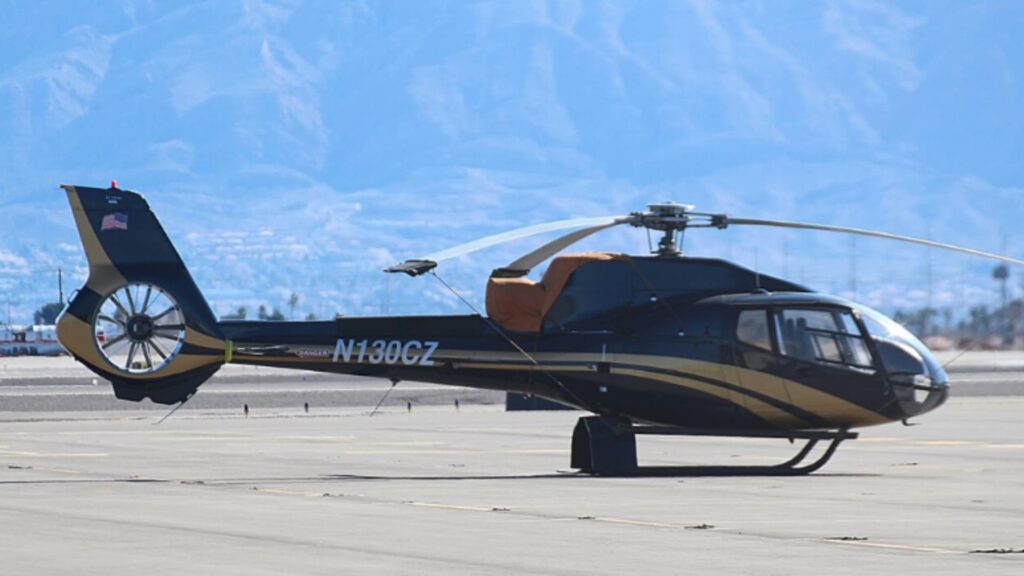


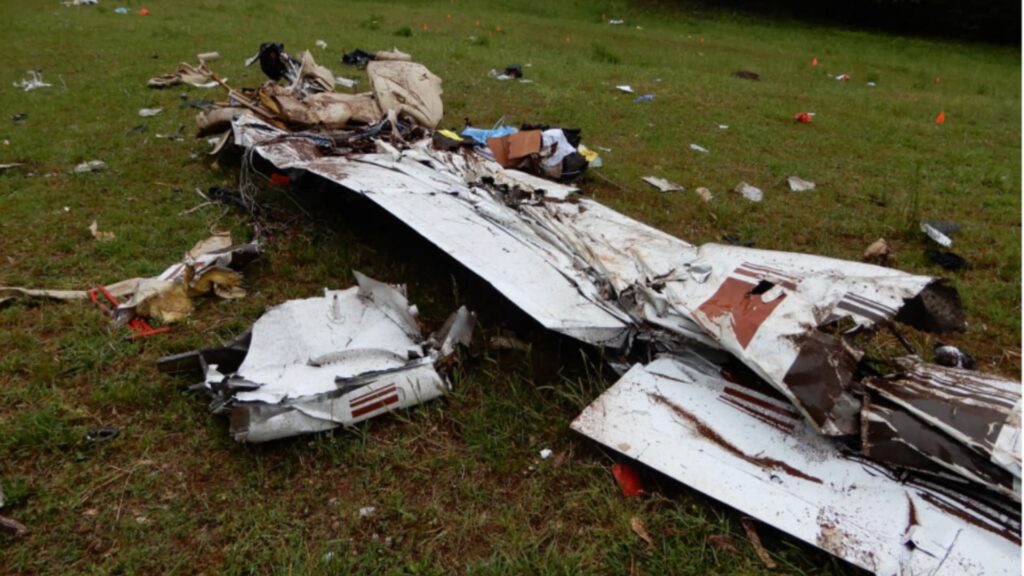
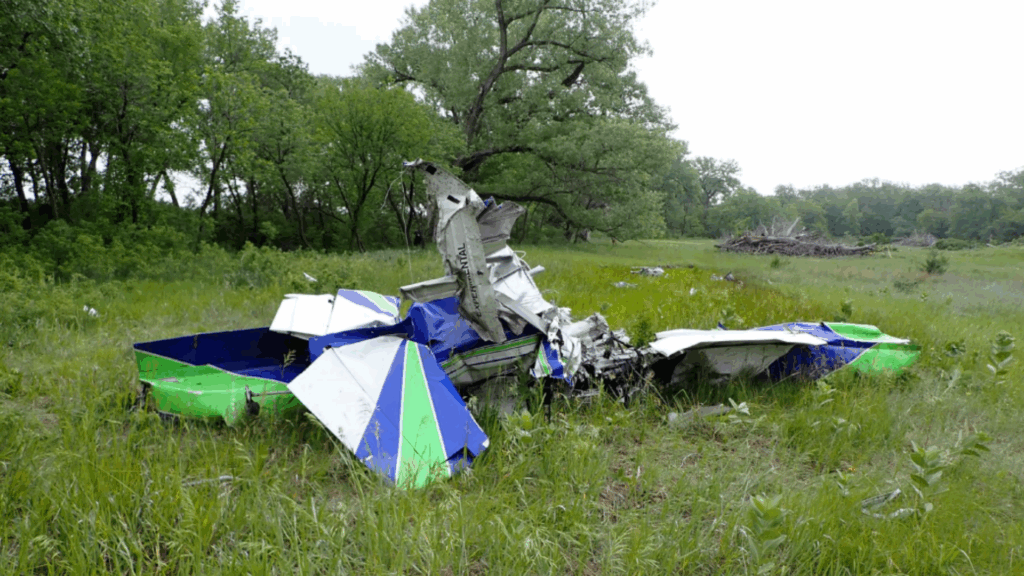
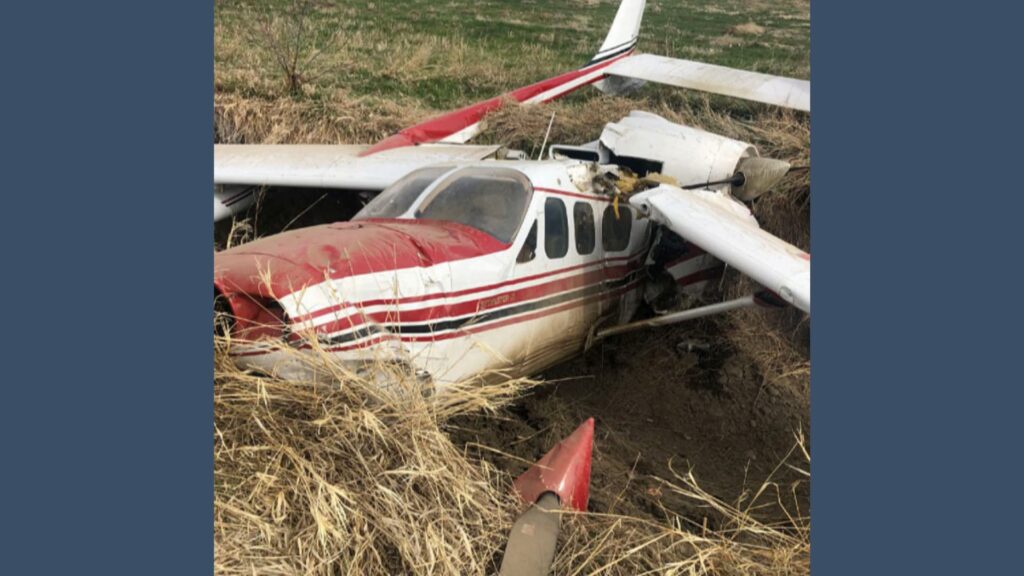
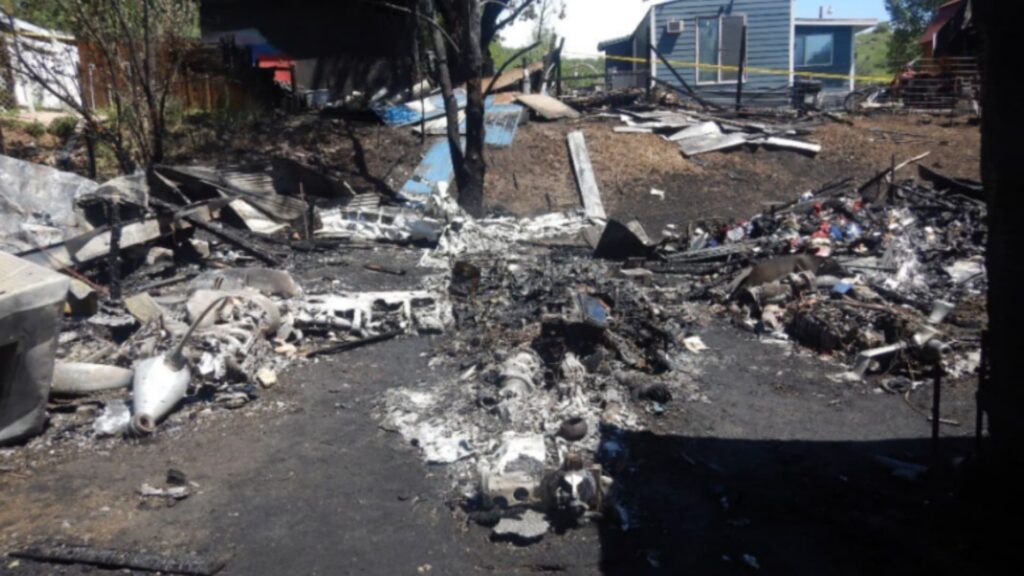
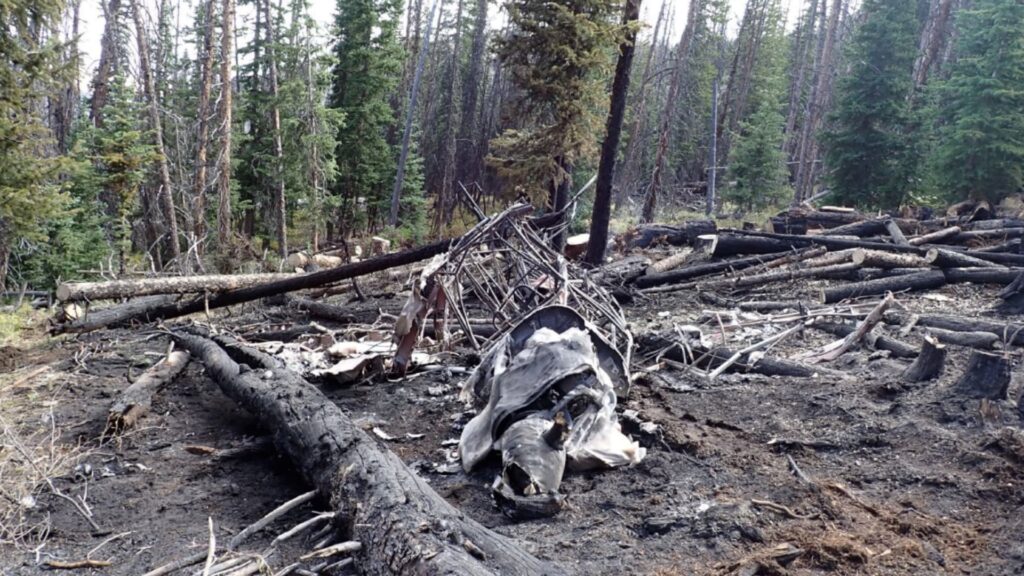
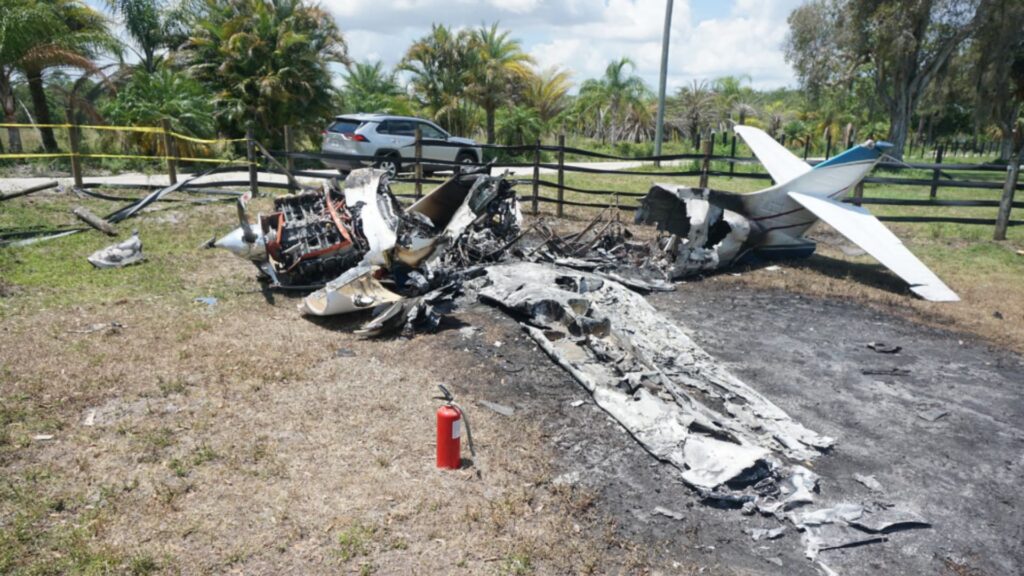
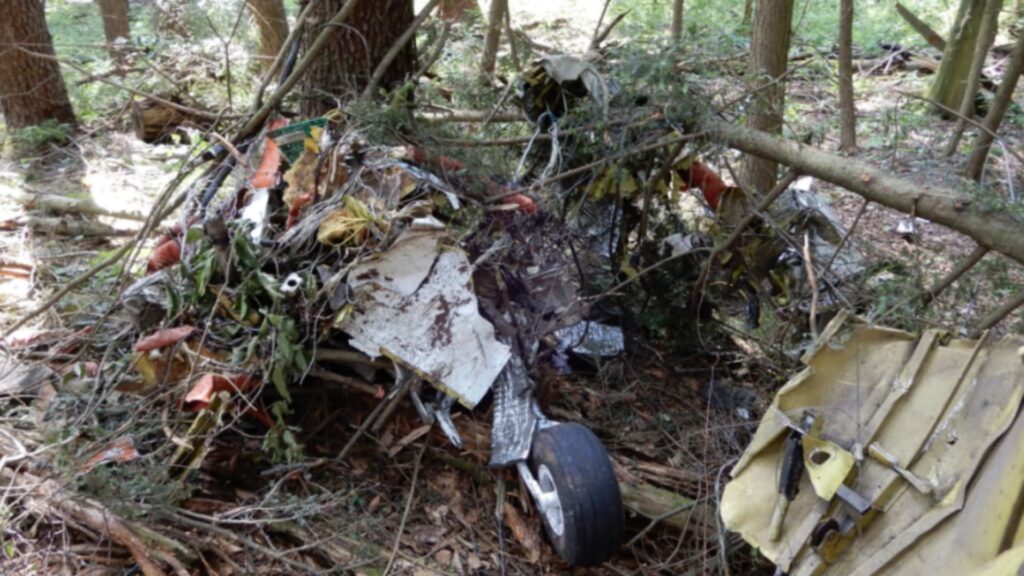
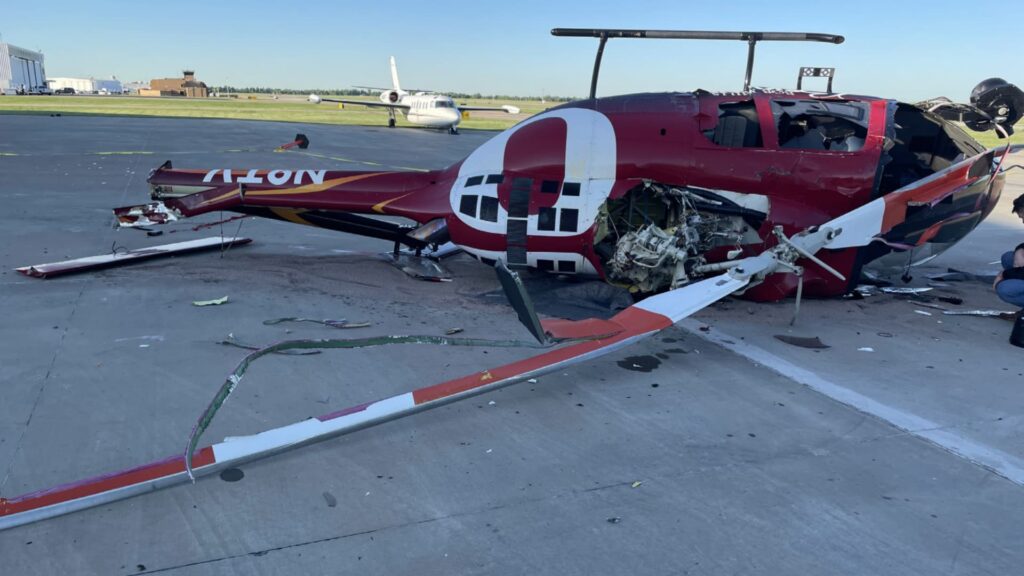
One Comment
Radar altimeter inoperative….no flight plan…president of company fully aware of both….but let’s go anyway I to marginal weather at night….ugh…let’s hold people accountable….